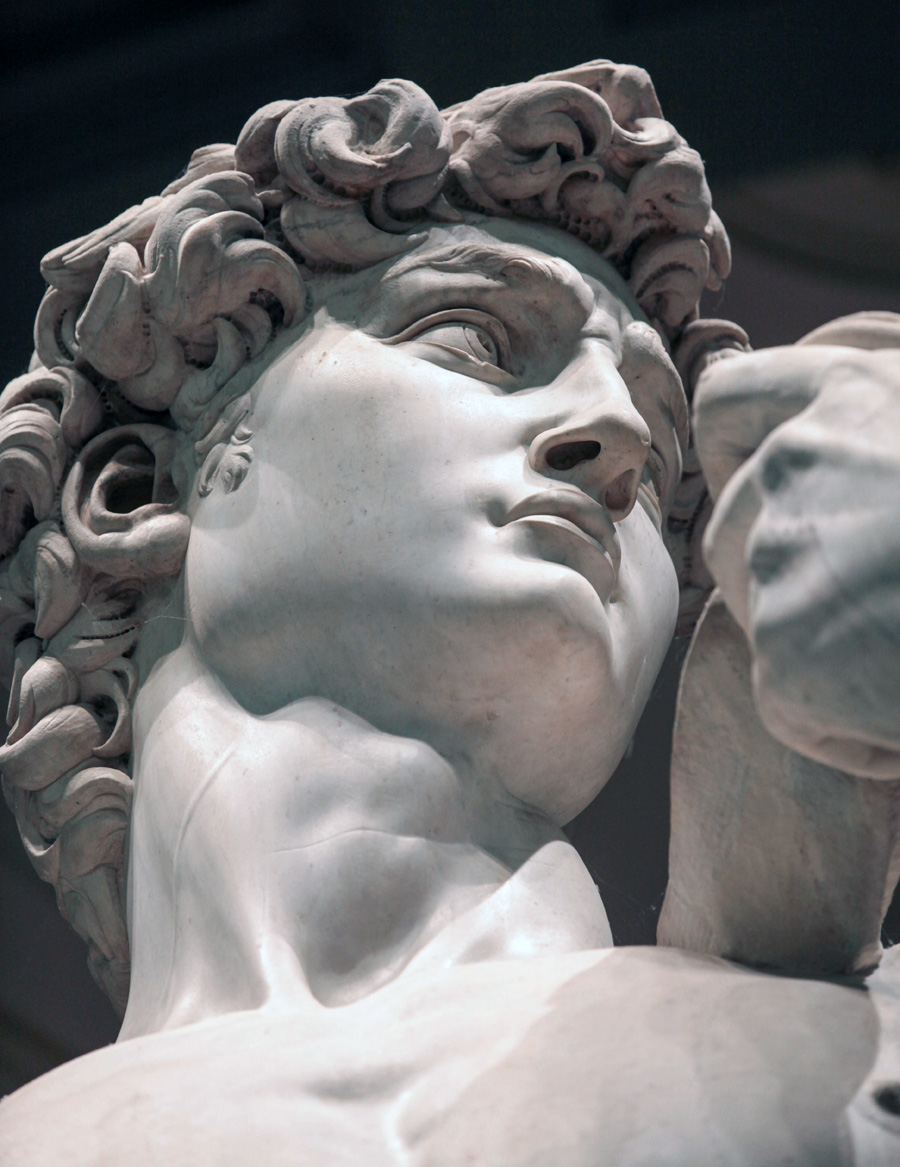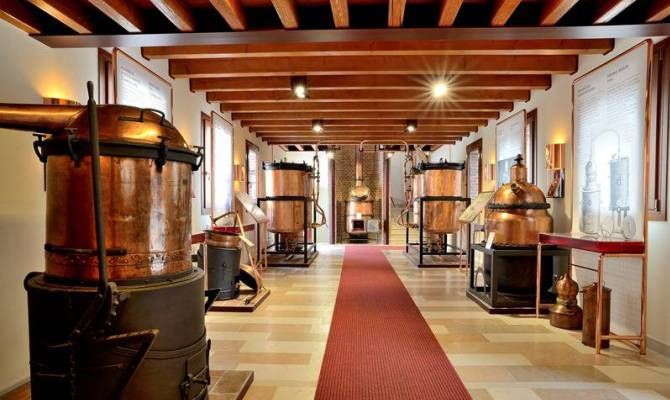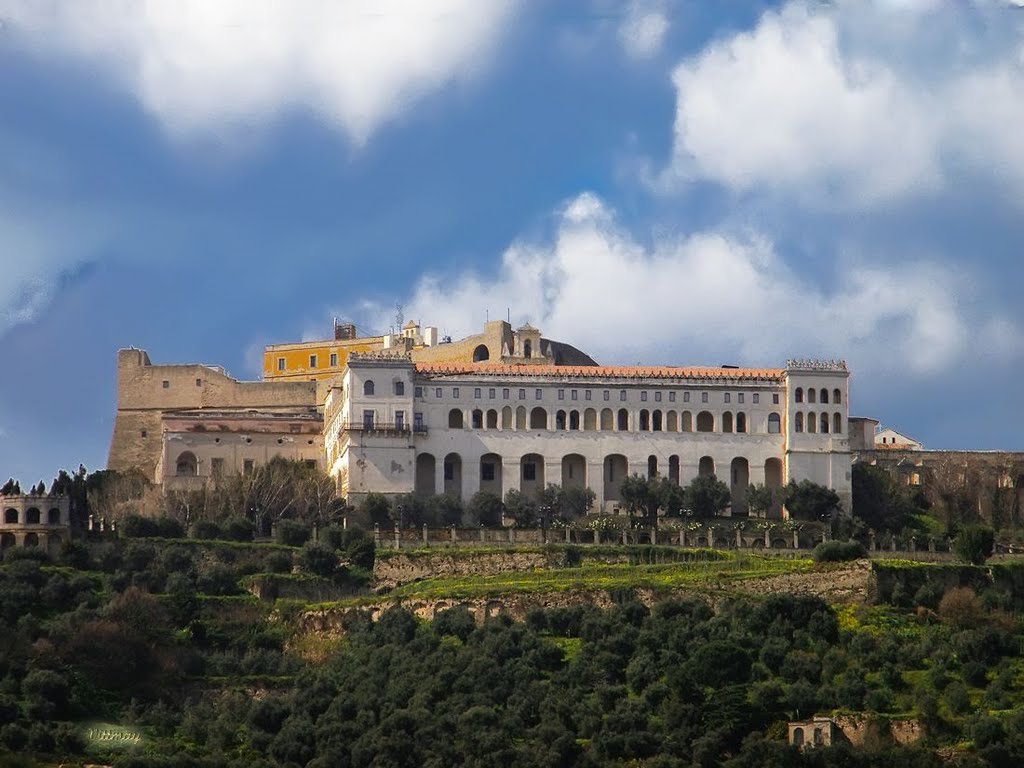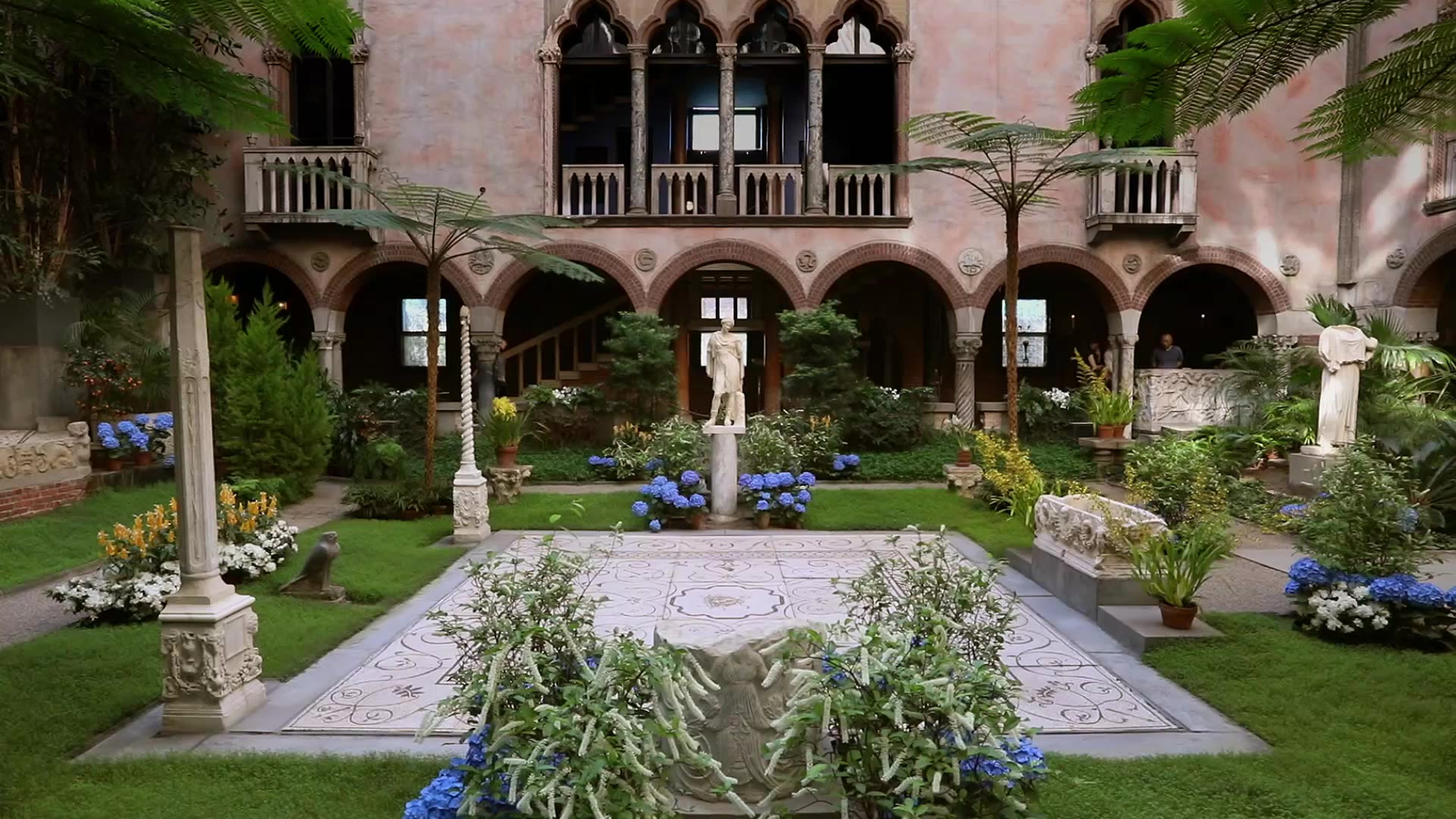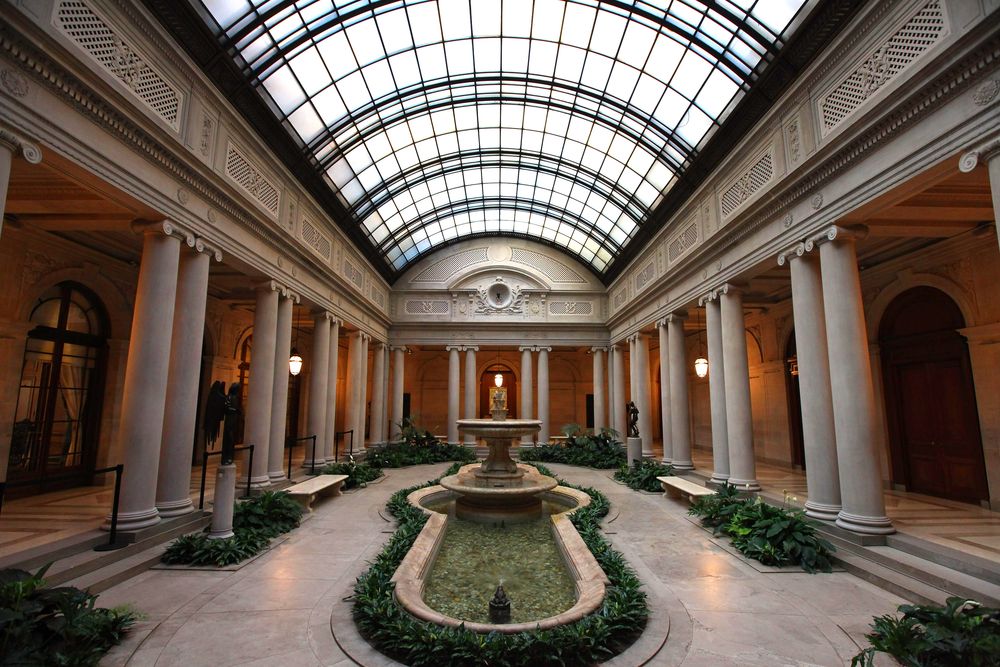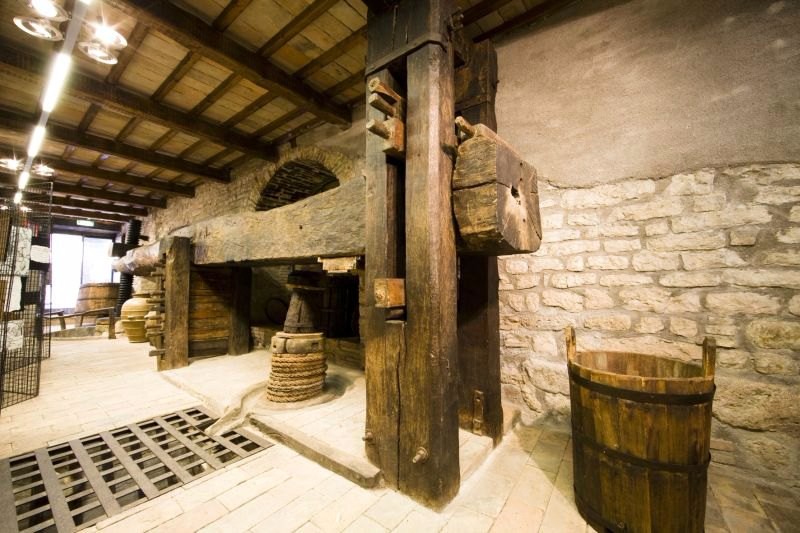In July 1501 Michelangelo Buonarroti was commissioned by the Opera del Duomo to create a statue depicting David and Goliath, with the obligation to use a large block of marble that lay abandoned at the Cathedral workshop and had already been rough-hewn by sculptor Agostino di Duccio some 40 years earlier in an attempt to sculpt the same subject. This was a challenge for Michelangelo, who was then 26 years old and had just returned from Rome, where he had created his first masterpiece: the Pieta now preserved in St. Peter’s Basilica at the Vatican.
The commission, at first religious and intended to be placed on one of the spurs of the cathedral, was taken over by the Government of the Republic of Florence, since the figure of David could well symbolize the virtue of good government and the defense of the homeland. These were the years when the Medici had been driven out of Florence and when Niccolò Machiavelli was secretary of the Republic’s second Chancery (today’s Foreign Ministry).
After preparing the work with many drawings and small wax models, Michelangelo began sculpting the marble in 1502, working alone, standing on top of scaffolding that surrounded the large block. By January 1504 the statue was finished and had turned out so magnificent and extraordinary that it was decided to assemble a commission, which included Leonardo da Vinci, to decide where to place it.
Thus it was that the Florentines decided to place Michelangelo’s David in front of the Palazzo della Signoria, where it was unveiled on September 8, 1504, and where it remained until July 1873.
David and Goliath
david-back-viewThe subject was taken from the Bible and had already been depicted by other great Florentine sculptors of the Renaissance such as Donatello, Ghiberti, and Verrocchio, who, however, had always depicted David as a young man and after he had already cut off the head of the giant Goliath. Michelangelo, on the other hand, depicted David as a young man, since it is written in the Bible that he was 16 years old, holding the stone in his right hand and the sling on his left shoulder, ready to strike the giant. The tension of the young shepherd in the face of the fearsome enemy, whom no one had dared to challenge before him, is depicted by Michelangelo with beautiful details: the intense expression of his eyes, the contracted muscles as if he were really holding his breath, and the raised veins where blood really seems to flow.
The placement of the statue in Piazza della Signoria emphasized its political rather than religious significance, since there David became the symbol of Florentine freedom against the powerful enemies of that era. In front of the government palace, the statue of David in fact represented the virtue and courage of Florence as the statue of a Greek hero, portrayed in complete nudity and in the classical position of the "contrapposto," with right leg and arm outstretched and left bent, so as to impart life and movement to the figure. This was truly the rebirth of ancient beauty, but with completely contemporary significance.
According to contemporary accounts, it took Michelangelo 18 months to carve the large block of marble, working unaided and hidden behind a closure of wooden planks so that no one could see the statue before it was finished. He was well paid, 400 ducats, but more importantly, with this masterpiece, he became famous throughout Italy and even at the courts of Europe, and he is still famous for it all over the world today.
